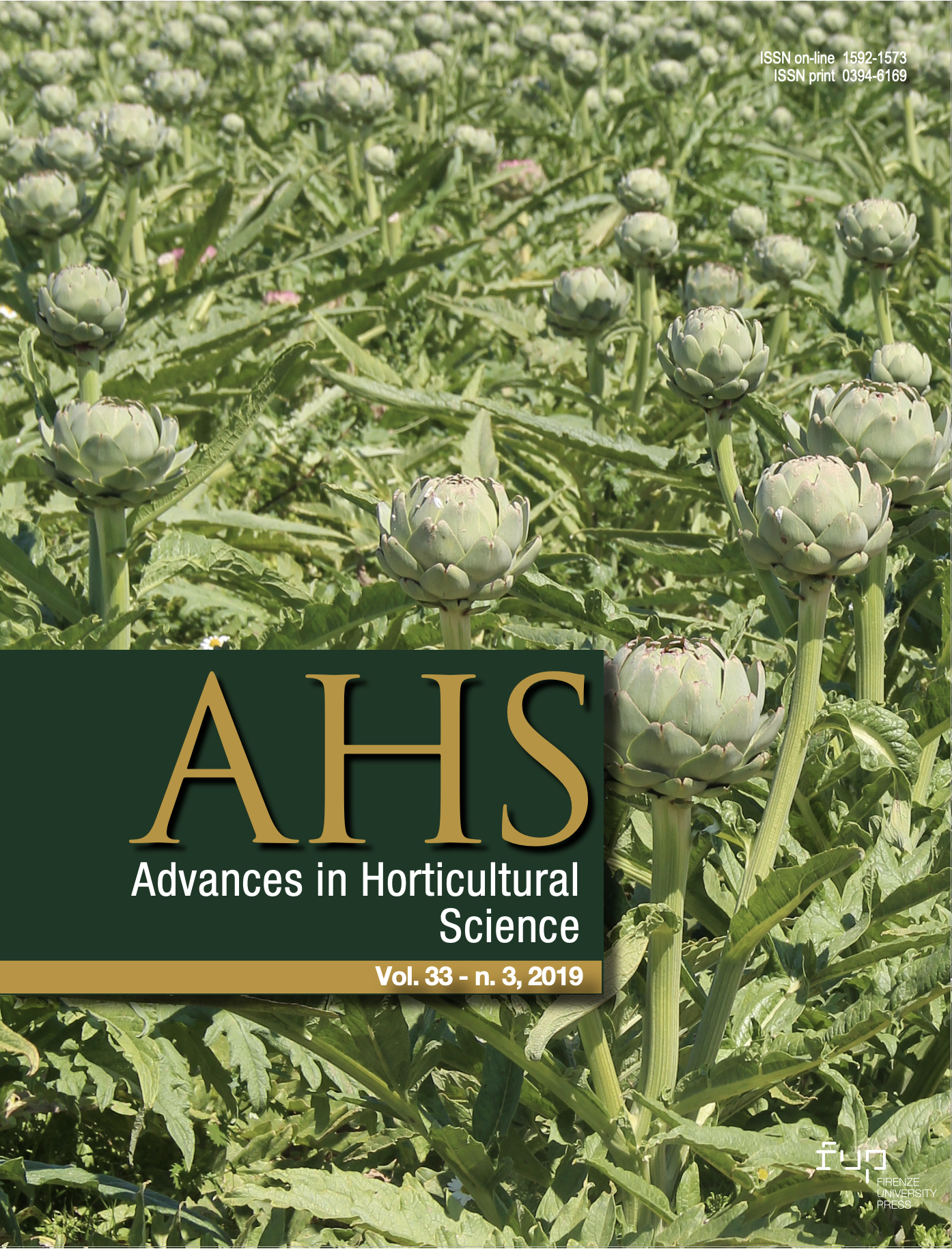Published 2019-10-29
Keywords
- amaranth,
- coriander,
- fenugreek,
- growth,
- spinach
- yield ...More
How to Cite
Abstract
Field experiments were carried out in summer 2017 and 2018 at Zonal Agricultural Research Station (ZARS), University of Agricultural Sciences, GKVK, Bengaluru, India on red sandy loam soil. The main objective was to evaluate the impact of rice grown in aerobic conditions intercropped with leafy vegetables on weed management, wherein the sole rice and intercrops of four leafy vegetables: palak (Spinacia oleracea L.), coriander (Coriandrum sativum L.), amaranth (Amaranthus spp L.), methi (Trigonella foenum-graecum L.) were designed in randomized complete block design (RCBD) of 9 treatments replicated four times. The results revealed that the greater the crop biomass, the higher the weed suppression achieved. Sole rice was densely populated by weeds and also had higher weed biomass compared to the intercrops. However, intercrops suppressed efficiently the weeds, increased growth and rice equivalent yield over the sole rice crop. The intercropping systems with leafy palak (spinach) were the most suppressive of weeds. The rice + leafy vegetable palak recorded significantly lower weed density (138.4 no. m-²), dry weight at harvest (148.04 g m-²), higher rice grain, rice straw and palak leaf yield (7651; 9687 and 25508 kg ha-¹, respectively) and higher net monetary return (₹ 156269 ha-¹) over the sole rice.






